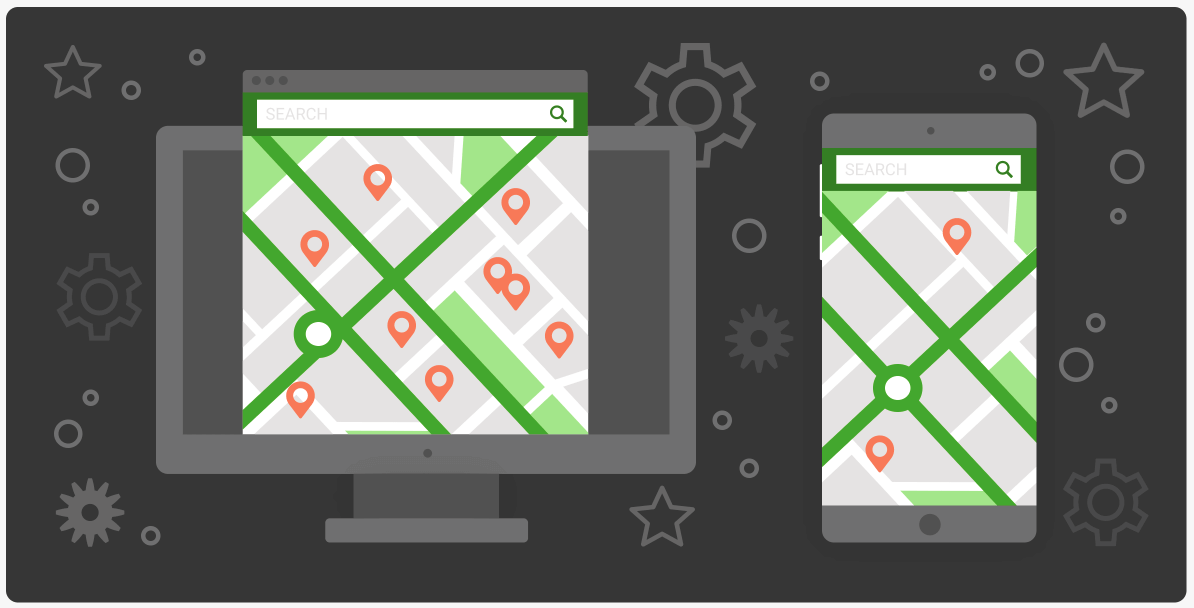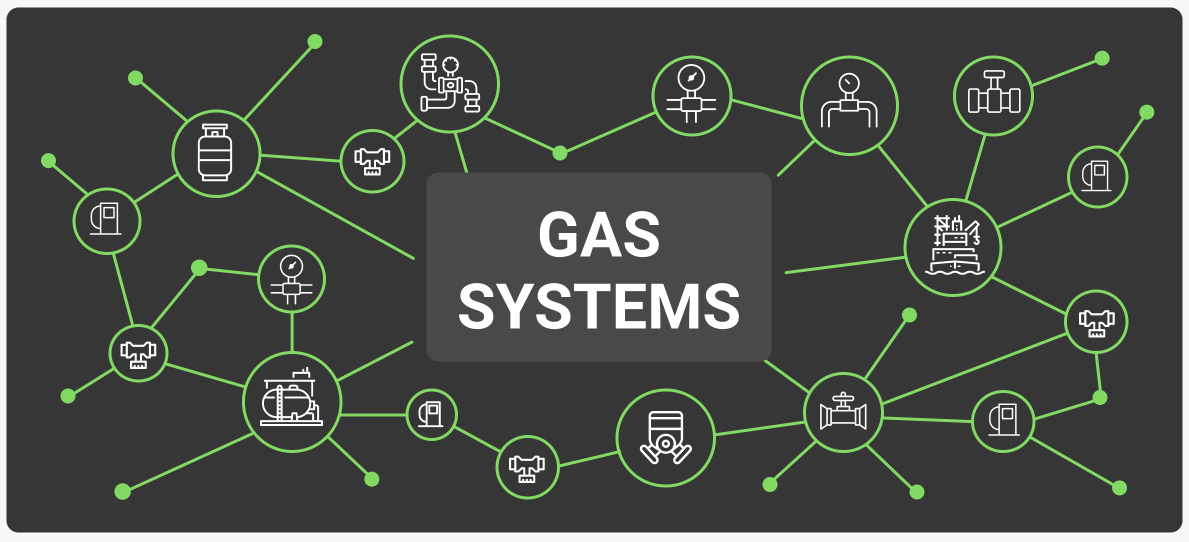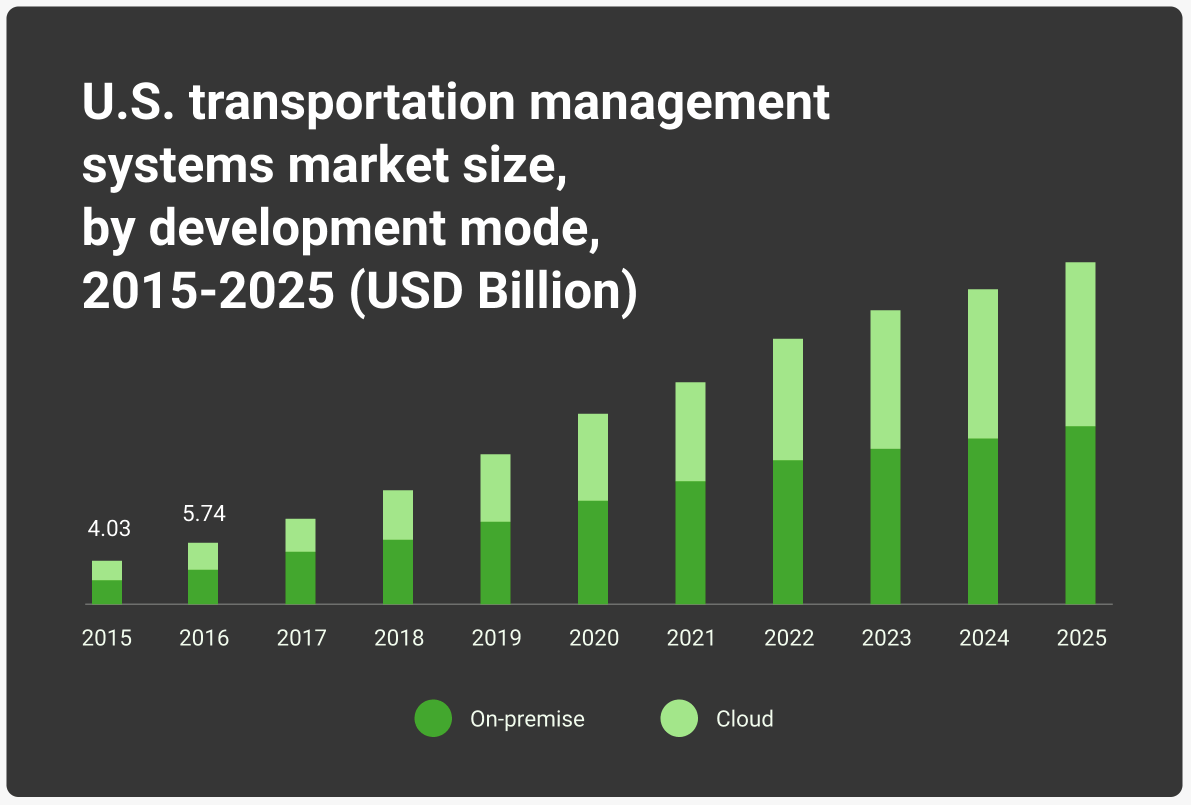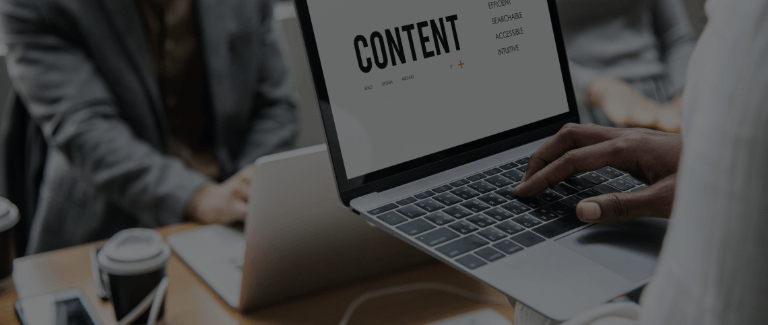It is estimated that in 2020, 128 trillion tonne-kilometers will be transported worldwide. People and goods are on the move 24/7, transported by sea, road, rail, and inland waterways. Transportation is an integral part of any trade and a way for manufacturers, retailers, warehouses, businesses, and individuals to build products, stock shelves, fulfill orders, and simply get from point A to point B.
Considering such importance, companies are always searching for solutions and technologies that would reduce their costs and optimize logistics, especially when it comes to gas, which must be correctly documented and securely transported. In this article, you will find out the benefits of gas TMS, how to build a gas management solution, and how much money you will need.
What is gas transmission system software?

In 2019, the global TMS market size was $2453 million and is expected to reach $6633.8 million in 2026. The Information Technology Glossary indicates that a Transportation Management System is used to plan and do freight, choose carriers and routes, and manage payments and bills. It takes over the whole process of transportation, including the following stages:
Route planning. Gas transportation management software evaluates different routes to find the most efficient ones. It also develops transportation plans based on the number of cargos, buyers’ preferences, transportation means, and other factors.
Transportation tracking. TMS checks schedules and driver’s performance and ensures cargo’s safety.
Execution and support. When the gas has reached its destination, TMS conducts administrative tasks like customs clearance and verification of documents.
Gas transportation management software is one of the most commonly used systems in logistics and transition of gas and other goods.
Benefits of implementing a gas transmission system
Hiring a transportation software development company is extremely beneficial for businesses. To help you decide, we will enumerate the main advantages that enterprises get when implementing TMS in their daily routine.
Reduced costs. It allows for saving on expenditures by optimizing the supply chain and routes, load consolidation, and automated documentation.
Improved data accuracy. The visibility of the supply chain and minimization of human error leads to better data quality.
Better warehouse management. The system plans transportation operations and automatizes gas storage, which boosts the productivity of warehouse operations.
Improved transparency. Buyers and other participants of the transportation process can monitor shipments in real-time.
Optimizing finances. TMS helps not only with the transition but also with auditing, reporting, billing, and completing other charges. This helps to reduce inaccurate and duplicated payments, and it becomes much simpler to monitor the financial processes happening within the company.
It allows for a better customer experience by improved quality of provided services.
It allows for improved performance through analysis by evaluating past reports on carriers’ performance and transportation means.
Finding the best prices by getting access to a broad pool of carriers.
Examples of gas transportation software
Many GTM programs on the modern market satisfy manufacturers, shipment companies, and enterprises’ needs and goals. Below you will learn about some of the most popular representatives.
1. PHDWin
PHDWin is a turn-key solution for businesses which was founded in 1986 by petroleum engineers. With its help, users can evaluate resources, schedule deliveries, organize day-to-day activities, manage shipments, and monitor market changes. The company is headquartered in the United States, regularly updates software, and has a free trial period.
2. FieldCap
This web-based gas transportation management software helps with such processes as inventory, logistics, job costing, maintenance, scheduling, project management, invoicing, and much more. With FieldCap, companies can significantly save time due to automatization and synchronization of the inputted information.
3. TabWare
TabWare was created by specialists in the energy and industrial manufacturing fields and has been on the market since 2012. Their solutions help customers avoid equipment failures and unnecessary expenditures. TabWare is suitable for upstream, midstream, and downstream oil and gas sectors and clients involved in exploration, drilling, and transportation.
This software combines good functionality, simple navigation, and configurability.
4. iWell
iWell is an instrument which helps oil and gas companies to monitor, report, and evaluate production data to optimize business processes and reduce costs. iWell Pumper is the most downloaded mobile application to track and complete production reports. It runs on Android and iOS.
In addition, the iWell Remote feature allows companies to track tanks remotely, which significantly reduces expenditures on equipment. With this instrument’s help, customers can also convert inserted data into graphs and charts to quickly analyze information. iWell has a free trial.
5. WolfePak
WolfePak is a cloud-based oil and gas accounting solution that runs both on the desktop and mobile. Their packages automize accounting, ticketing, JIBs, transactions, and invoicing. They cover all aspects of accounting, from bank reconciliation and payroll management to expense tracking and tax completion.
WolfePak software is of great use for oil and gas operators, service companies, crude purchasers, and investors.
6. GoRamp
GoRamp is a TMS software created to simplify information exchange between participants of the logistics processes. It offers such features as tracking operational data and order status, managing documents and warehouse processes, and ensuring real-time communication between shippers and management. GoRamp also comes with numerous personalization settings, a convenient dashboard, and concrete security measures.
As a bonus, there is a free trial period and 24/7 customer support.
KeyUA has been creating customized business solutions for more than 12 years. When entrusting us with your project, you get a 100% satisfaction guarantee.
Contact UsHow to develop gas transportation management software?

As you already know, TMS is rather beneficial and can significantly improve your company’s performance, efficiency, and profits. However, using ready gas systems might not satisfy your specific goals. It may be better to create software tailored to your needs, which will change and evolve along with your businesses to achieve the best results. Below we will share the main things to consider when developing a tool of your own.
1. Choose the preferred TMS type
First, you should decide which of the three TMS systems suits you best. They are:
Manual TMS. These systems require human resources and may bring extra expenses. While technical failures and system errors are almost eliminated, you should still spend time and money to educate employees. Plus, no one is immune to human errors.
Automated. These TMS systems are the most cost-efficient and modern because procedures take place automatically. All participants of the system get clear and transparent information on the route, delays, and other issues. The latest automated TMS is cloud-based, which allows tracking data from anywhere.
Outsourced. When choosing these systems, you entrust logistics and transportation to third parties. On the one hand, they take over the share of the processes, but they also get access to sensitive data.
Each type has both advantages and disadvantages, so you should pick the one which meets your goals, resources, and budget the best.
2. Create specification
The second stage is deciding what features your future software should have. We recommend dividing users into several levels, each of which will have its particular set of functions—for example, managers, drivers, and customers.
1. Managers
Managers can create routes and schedules, build and search loads, track shipments, analyze reports, and upload papers. The main elements of their dashboards should include:
Customers. Here you can monitor active users, their history, payments, and any other activities;
Carriers (add/find/verify carriers);
Loads (show/create/find loads, templates, history);
Rates. You can search for the rates and compare them by inserting numerous filters—for example, type of shipment and payment, country/state/city, and size of the cargo;
Messaging. This feature allows monitoring and sharing important information across all users of the program;
Locations. Here managers can build routes, find stops, view history, and explore the map of current deliveries in real-time;
Accounting. This element of the dashboard includes data about documents, payments, billing, and invoicing;
Settings. Managers can upload, download, add, edit, and customize any displayed information—for example, the enterprise’s details or personal data.
2. Drivers
Drivers have minimum permissions in the software and can send messages and view routes. They should have access to the following features:
Profile. This section includes the driver’s name, their email, phone number, company, vehicle, ratings, and so on;
Route (first pick-up, delivery, distance, stops, etc.);
Scheduled deliveries including address, city, country, date, and title;
Stats (total number of drives, hours, and bonuses);
Payout data;
Messages. Drivers can communicate with customers, management, and other participants of the delivery process.
3. Customers
Customers can monitor and trace the delivery, rate quote, and communicate with the company’s representatives. Specifications of their dashboards can include:
Profile. Customer information such as first and last name, email, phone number, summary, number of orders, rate, and reviews from drivers;
Shipments (order number, status, date, billing). After inserting a tracking number, customers can find the exact location of the cargo. Some TMS supply this feature with a real-time tracking mode. This section can also include filters for maximum convenience;
Messages to communicate with administrators, managers, and drivers;
Settings. Here customers can change location, time zone, language, currency, and configure email notifications and other details. The more useful customization features you add, the higher the retention may be.
Common GTM software features
Even though the functionality of GTM software may be different depending on your goals, there are several obligatory features they should include:
Optimization tools. These engines allow creating optimized loads and routes to boost the efficiency and capacity of vehicles. They also assist with choosing the best carriers and prices.
User-friendly navigation. The UI/UX should be simple and understandable for all users: from managers and business owners to customers and drivers. These features include convenient dashboards, screens, and accounts.
Customization instruments. They allow adjusting programs, calculators, and filters to a particular project.
Integration with other programs. Your TMS should be integrated with Customer Relationship Management (CRM) and invoicing software, as well as with GPS, ERP, banking services, and other tools that you might be using.
3. Choose a development team
This step requires special attention because you entrust your time, money, and business to others. That is why you should choose reliable software developers who have experience working in the gas industry.
Some businesses choose freelance developers to reduce costs. However, for the best result, you will also need designers, testers, and product managers. Only when working in a team, will it be possible to ensure smooth and correct completion of the project.
4. Development process
Finally, after you’ve chosen a suitable TMS type, decided which features you want to have implemented, and have hired a team of reliable software developers, it is time for the development stage. This stage consists of several steps:
Project management. Project managers schedule every stage of the development process, do the budgeting and monitor daily activities and progress. If any questions arise, businesses turn to PMs for updates and comments.
Back-end development. IT specialists implement your specifications in reality.
UI/UX design. Designers make sure that the software is simple to use, navigation is smooth, and the interface is attractive.
QA. When all parts of the product are completed, it is necessary to test the software to detect any possible mistakes. Testers also check whether the software includes all the required specifications.
It is essential to maintain and update the software regularly to achieve maximum efficiency. Modern technologies are developing rapidly, so to remain at the forefront of technologies and offer customers the best services, you should keep up with the latest features and options.
Our team consists of more than 50 developers who are skilled in creating transportation software with 15+ successfully completed projects in the industry.
Get an estimateHow much does it cost to develop software for the gas transmission system?
The cost of gas management software development is calculated based on the project’s duration. After communicating your ideas to the chosen software developers, the project manager will calculate the number of working hours your TMS will take. They include the front- and back-end development, UI/UX design, development of an app (if necessary), and QA. The approximate price for GTM software is $100 - $200 thousand. If you decide to develop iOS and Android applications, it will cost an additional $50- $100 thousand for two platforms.

Conclusion
The compound annual growth rate of the TMS market equals 16.2%, which indicates the efficiency and profitability of the software. Building a customized transport management software is extremely important if you want to automatize your business and optimize your gas transportation processes.
KeyUA specialists have many years of experience working on transportation projects and can build effective software based on your goals, preferences, and budget. Just choose the TMS type and indicate your requirements, and we will help you develop software that will make your business competitive and profitable.
If you are looking for a turn-key solution in gas transportation management, choose us. KeyUA is experienced in creating custom software of any complexity.
Get in touch







 Unit 1505 124 City Road, London, United Kingdom, EC1V 2NX
Unit 1505 124 City Road, London, United Kingdom, EC1V 2NX

Comments
Leave a comment